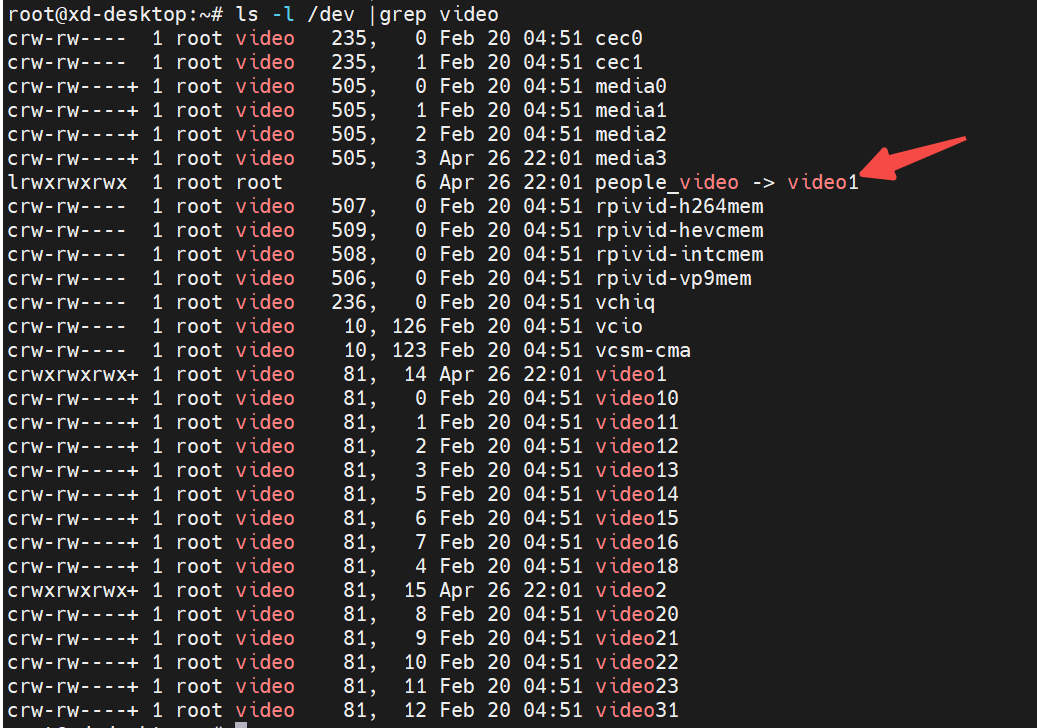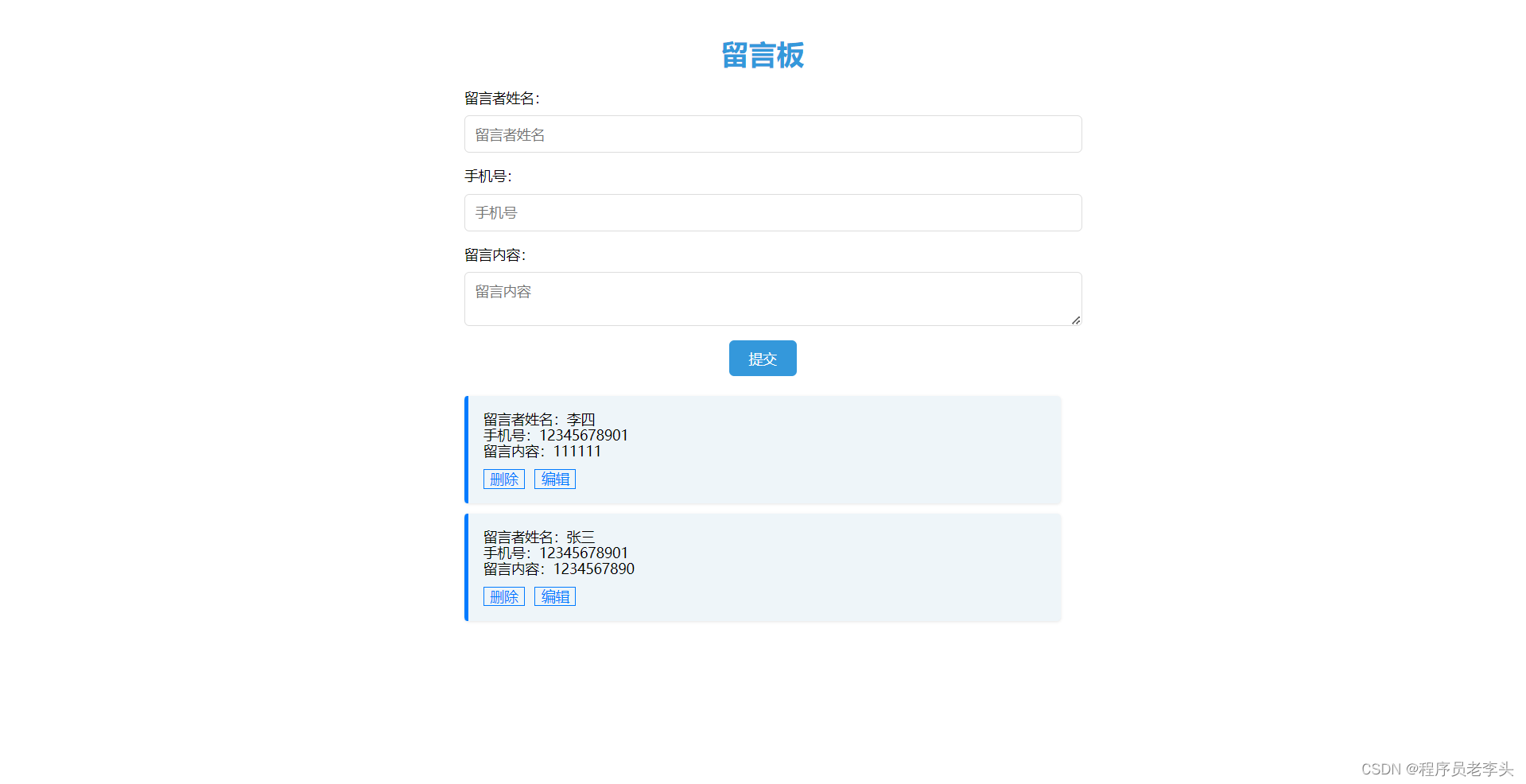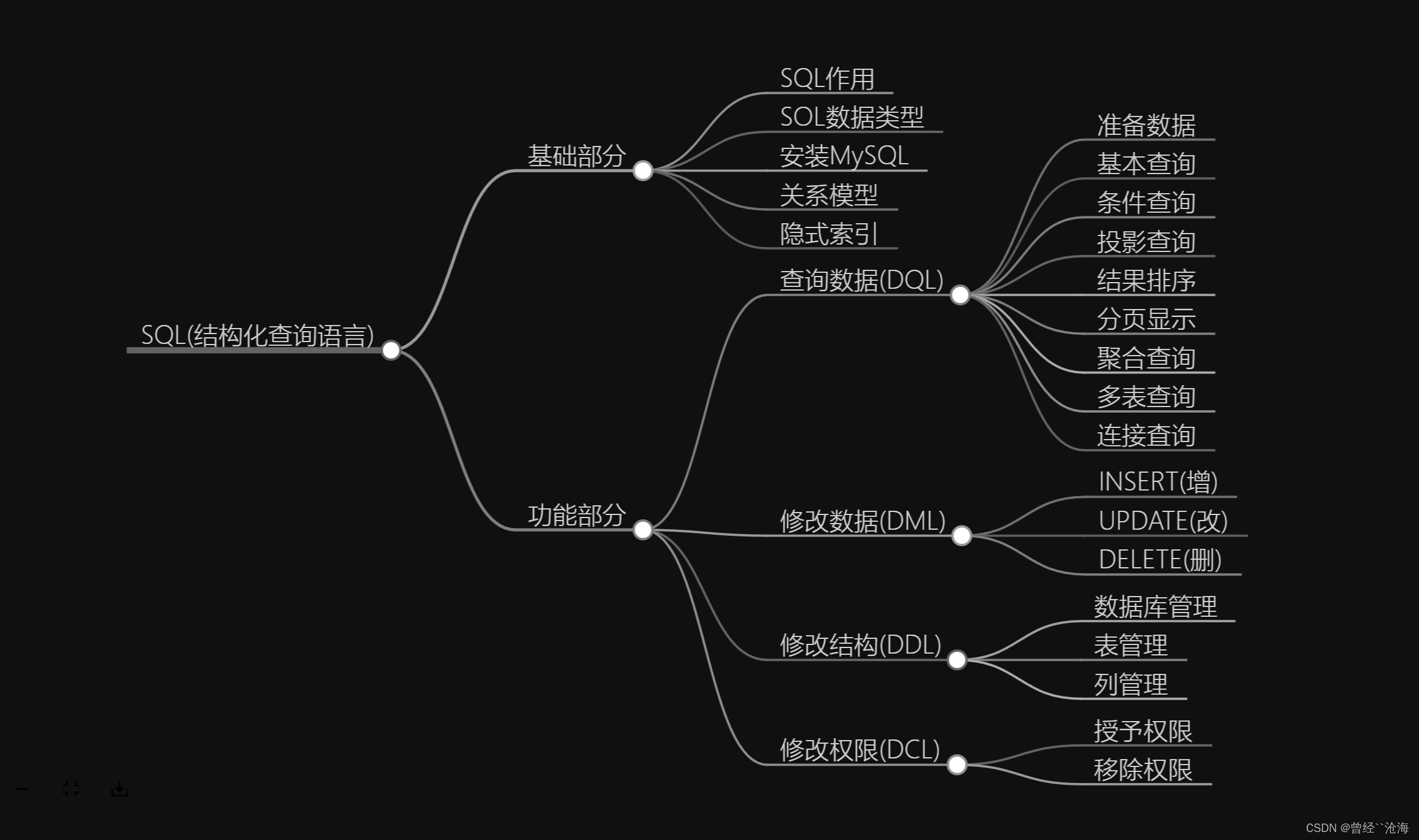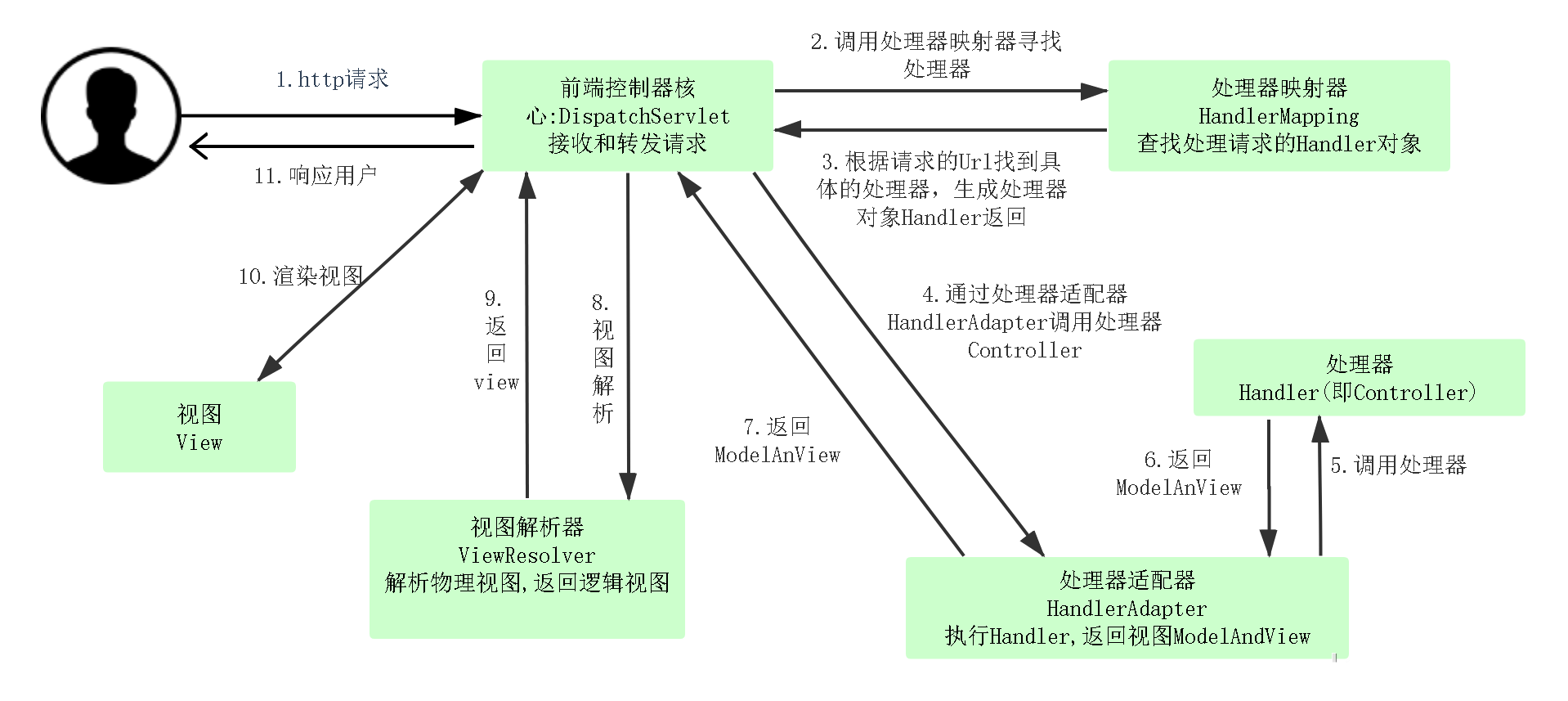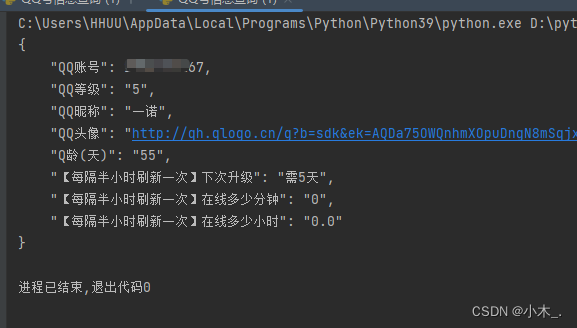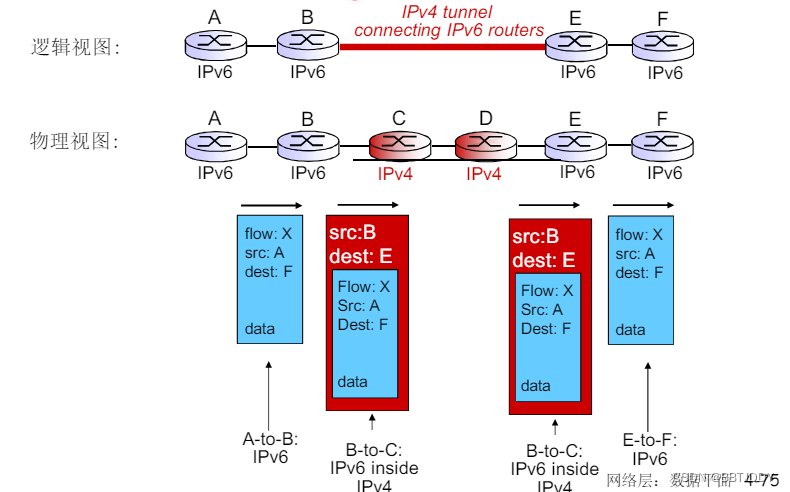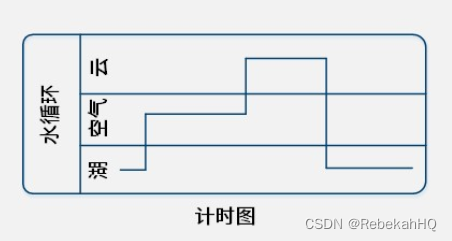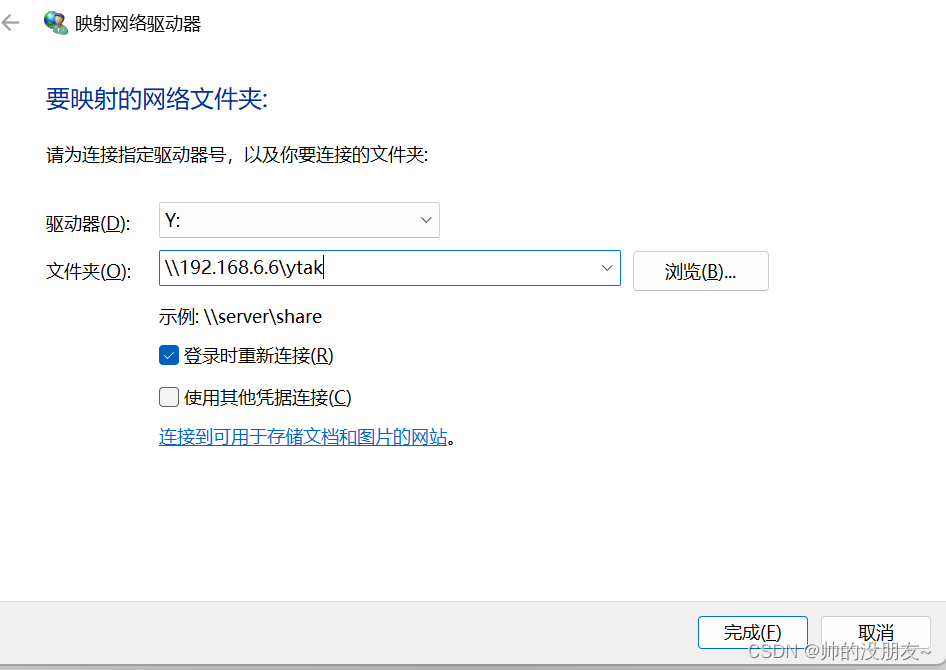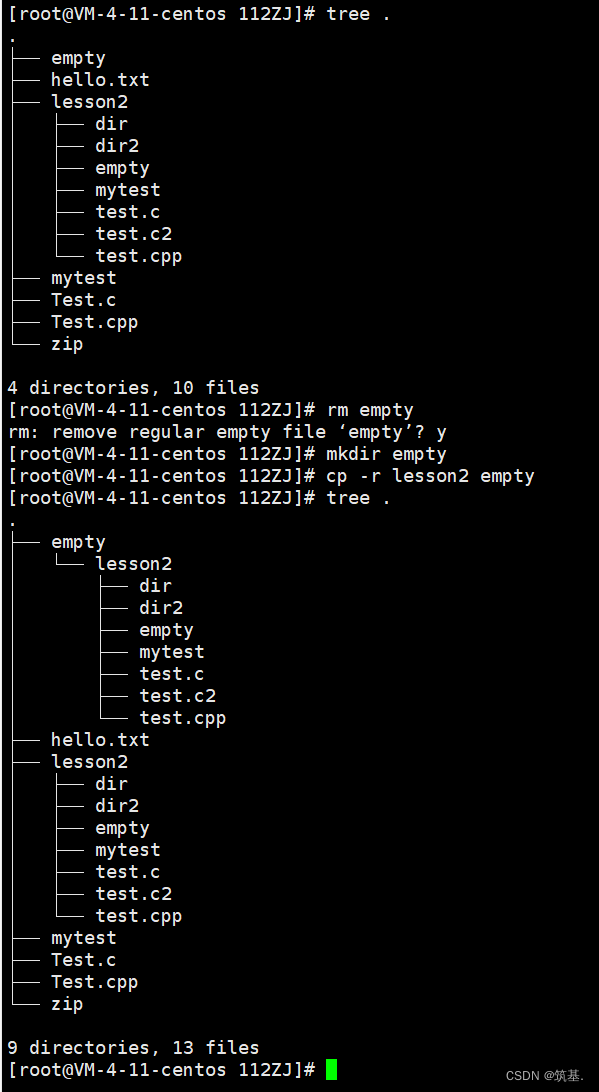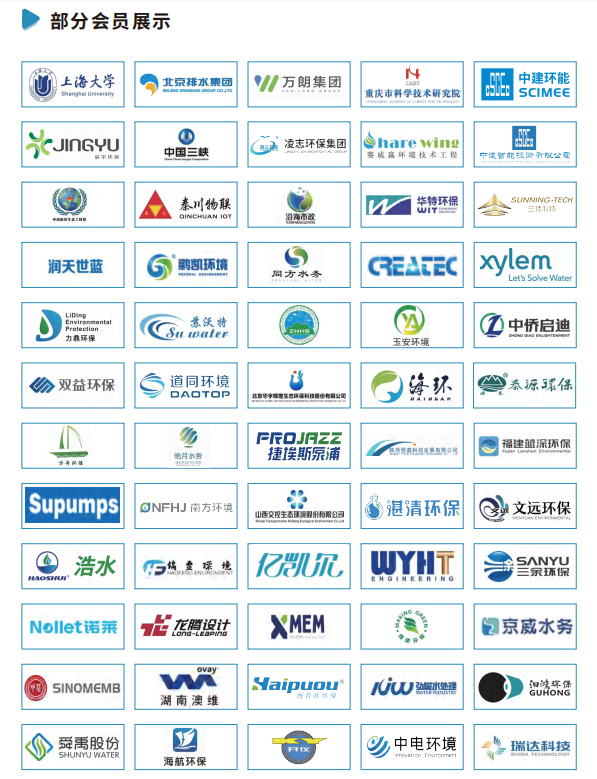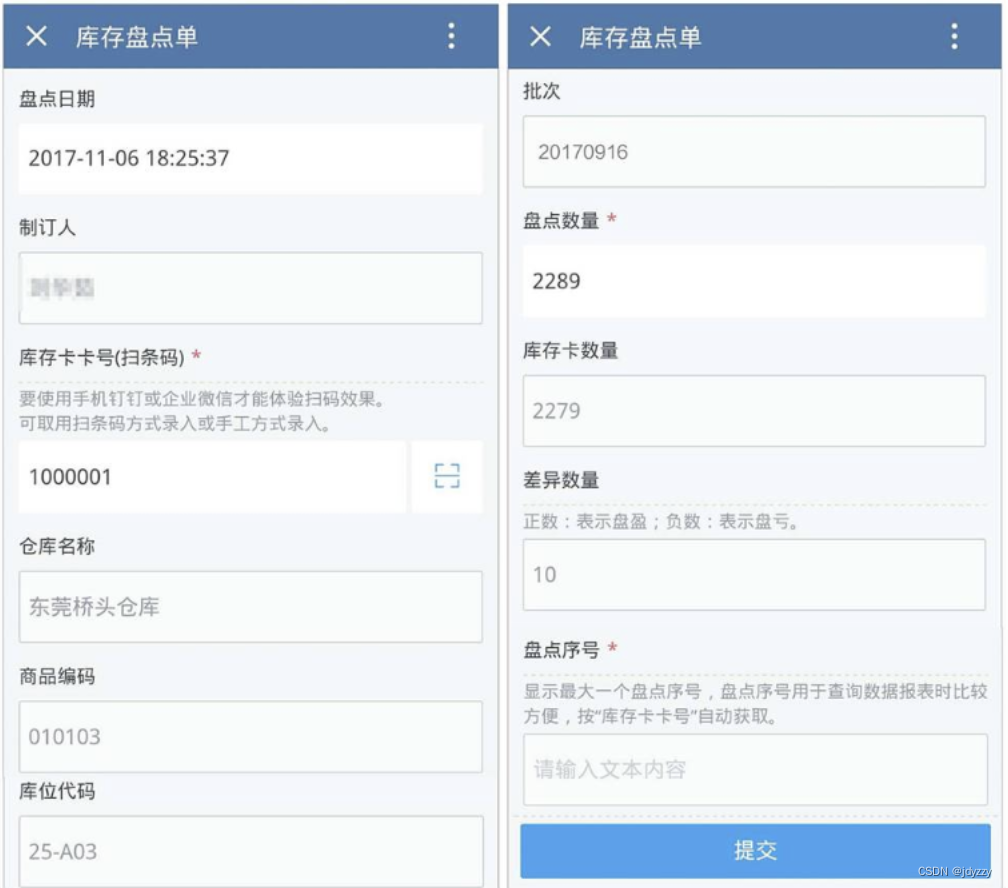从Hugging Face加载预训练权重
- 因为每次训练都要有资源消耗 (GPU算力,还有时间成本),所以说及时保存模型是非常重要的。
- 教大家如何去下载Hugging Face的模型进行生成文本

pip install transformers
pip install tiktoken
from importlib.metadata import version
pkgs = ["numpy", "torch", "transformers"]
for p in pkgs:
print(f"{p} version: {version(p)}")
numpy version: 1.26.4
torch version: 2.1.2
transformers version: 4.39.3
from transformers import GPT2Model
# allowed model names
model_names = {
"gpt2-small": "openai-community/gpt2", # 124M
"gpt2-medium": "openai-community/gpt2-medium", # 355M
"gpt2-large": "openai-community/gpt2-large", # 774M
"gpt2-xl": "openai-community/gpt2-xl" # 1558M
}
CHOOSE_MODEL = "gpt2-small"
gpt_hf = GPT2Model.from_pretrained(model_names[CHOOSE_MODEL], cache_dir="checkpoints")
gpt_hf.eval()
GPT2Model(
(wte): Embedding(50257, 768)
(wpe): Embedding(1024, 768)
(drop): Dropout(p=0.1, inplace=False)
(h): ModuleList(
(0-11): 12 x GPT2Block(
(ln_1): LayerNorm((768,), eps=1e-05, elementwise_affine=True)
(attn): GPT2Attention(
(c_attn): Conv1D()
(c_proj): Conv1D()
(attn_dropout): Dropout(p=0.1, inplace=False)
(resid_dropout): Dropout(p=0.1, inplace=False)
)
(ln_2): LayerNorm((768,), eps=1e-05, elementwise_affine=True)
(mlp): GPT2MLP(
(c_fc): Conv1D()
(c_proj): Conv1D()
(act): NewGELUActivation()
(dropout): Dropout(p=0.1, inplace=False)
)
)
)
(ln_f): LayerNorm((768,), eps=1e-05, elementwise_affine=True)
)
BASE_CONFIG = {
"vocab_size": 50257, # Vocabulary size
"ctx_len": 1024, # Context length
"drop_rate": 0.0, # Dropout rate
"qkv_bias": True # Query-key-value bias
}
model_configs = {
"gpt2-small": {"emb_dim": 768, "n_layers": 12, "n_heads": 12},
"gpt2-medium": {"emb_dim": 1024, "n_layers": 24, "n_heads": 16},
"gpt2-large": {"emb_dim": 1280, "n_layers": 36, "n_heads": 20},
"gpt2-xl": {"emb_dim": 1600, "n_layers": 48, "n_heads": 25},
}
BASE_CONFIG.update(model_configs[CHOOSE_MODEL])
def assign_check(left, right):
if left.shape != right.shape:
raise ValueError(f"Shape mismatch. Left: {left.shape}, Right: {right.shape}")
return torch.nn.Parameter(torch.tensor(right))
import numpy as np
def load_weights(gpt, gpt_hf):
d = gpt_hf.state_dict()
gpt.pos_emb.weight = assign_check(gpt.pos_emb.weight, d["wpe.weight"])
gpt.tok_emb.weight = assign_check(gpt.tok_emb.weight, d["wte.weight"])
for b in range(BASE_CONFIG["n_layers"]):
q_w, k_w, v_w = np.split(d[f"h.{b}.attn.c_attn.weight"], 3, axis=-1)
gpt.trf_blocks[b].att.W_query.weight = assign_check(gpt.trf_blocks[b].att.W_query.weight, q_w.T)
gpt.trf_blocks[b].att.W_key.weight = assign_check(gpt.trf_blocks[b].att.W_key.weight, k_w.T)
gpt.trf_blocks[b].att.W_value.weight = assign_check(gpt.trf_blocks[b].att.W_value.weight, v_w.T)
q_b, k_b, v_b = np.split(d[f"h.{b}.attn.c_attn.bias"], 3, axis=-1)
gpt.trf_blocks[b].att.W_query.bias = assign_check(gpt.trf_blocks[b].att.W_query.bias, q_b)
gpt.trf_blocks[b].att.W_key.bias = assign_check(gpt.trf_blocks[b].att.W_key.bias, k_b)
gpt.trf_blocks[b].att.W_value.bias = assign_check(gpt.trf_blocks[b].att.W_value.bias, v_b)
gpt.trf_blocks[b].att.out_proj.weight = assign_check(gpt.trf_blocks[b].att.out_proj.weight, d[f"h.{b}.attn.c_proj.weight"].T)
gpt.trf_blocks[b].att.out_proj.bias = assign_check(gpt.trf_blocks[b].att.out_proj.bias, d[f"h.{b}.attn.c_proj.bias"])
gpt.trf_blocks[b].ff.layers[0].weight = assign_check(gpt.trf_blocks[b].ff.layers[0].weight, d[f"h.{b}.mlp.c_fc.weight"].T)
gpt.trf_blocks[b].ff.layers[0].bias = assign_check(gpt.trf_blocks[b].ff.layers[0].bias, d[f"h.{b}.mlp.c_fc.bias"])
gpt.trf_blocks[b].ff.layers[2].weight = assign_check(gpt.trf_blocks[b].ff.layers[2].weight, d[f"h.{b}.mlp.c_proj.weight"].T)
gpt.trf_blocks[b].ff.layers[2].bias = assign_check(gpt.trf_blocks[b].ff.layers[2].bias, d[f"h.{b}.mlp.c_proj.bias"])
gpt.trf_blocks[b].norm1.scale = assign_check(gpt.trf_blocks[b].norm1.scale, d[f"h.{b}.ln_1.weight"])
gpt.trf_blocks[b].norm1.shift = assign_check(gpt.trf_blocks[b].norm1.shift, d[f"h.{b}.ln_1.bias"])
gpt.trf_blocks[b].norm2.scale = assign_check(gpt.trf_blocks[b].norm2.scale, d[f"h.{b}.ln_2.weight"])
gpt.trf_blocks[b].norm2.shift = assign_check(gpt.trf_blocks[b].norm2.shift, d[f"h.{b}.ln_2.bias"])
gpt.final_norm.scale = assign_check(gpt.final_norm.scale, d[f"ln_f.weight"])
gpt.final_norm.shift = assign_check(gpt.final_norm.shift, d[f"ln_f.bias"])
gpt.out_head.weight = assign_check(gpt.out_head.weight, d["wte.weight"])
import tiktoken
import torch
import torch.nn as nn
from torch.utils.data import Dataset, DataLoader
#####################################
# Chapter 2
#####################################
class GPTDatasetV1(Dataset):
def __init__(self, txt, tokenizer, max_length, stride):
self.tokenizer = tokenizer
self.input_ids = []
self.target_ids = []
# Tokenize the entire text
token_ids = tokenizer.encode(txt)
# Use a sliding window to chunk the book into overlapping sequences of max_length
for i in range(0, len(token_ids) - max_length, stride):
input_chunk = token_ids[i:i + max_length]
target_chunk = token_ids[i + 1: i + max_length + 1]
self.input_ids.append(torch.tensor(input_chunk))
self.target_ids.append(torch.tensor(target_chunk))
def __len__(self):
return len(self.input_ids)
def __getitem__(self, idx):
return self.input_ids[idx], self.target_ids[idx]
def create_dataloader_v1(txt, batch_size=4, max_length=256,
stride=128, shuffle=True, drop_last=True):
# Initialize the tokenizer
tokenizer = tiktoken.get_encoding("gpt2")
# Create dataset
dataset = GPTDatasetV1(txt, tokenizer, max_length, stride)
# Create dataloader
dataloader = DataLoader(
dataset, batch_size=batch_size, shuffle=shuffle, drop_last=drop_last)
return dataloader
#####################################
# Chapter 3
#####################################
class MultiHeadAttention(nn.Module):
def __init__(self, d_in, d_out, block_size, dropout, num_heads, qkv_bias=False):
super().__init__()
assert d_out % num_heads == 0, "d_out must be divisible by n_heads"
self.d_out = d_out
self.num_heads = num_heads
self.head_dim = d_out // num_heads # Reduce the projection dim to match desired output dim
self.W_query = nn.Linear(d_in, d_out, bias=qkv_bias)
self.W_key = nn.Linear(d_in, d_out, bias=qkv_bias)
self.W_value = nn.Linear(d_in, d_out, bias=qkv_bias)
self.out_proj = nn.Linear(d_out, d_out) # Linear layer to combine head outputs
self.dropout = nn.Dropout(dropout)
self.register_buffer('mask', torch.triu(torch.ones(block_size, block_size), diagonal=1))
def forward(self, x):
b, num_tokens, d_in = x.shape
keys = self.W_key(x) # Shape: (b, num_tokens, d_out)
queries = self.W_query(x)
values = self.W_value(x)
# We implicitly split the matrix by adding a `num_heads` dimension
# Unroll last dim: (b, num_tokens, d_out) -> (b, num_tokens, num_heads, head_dim)
keys = keys.view(b, num_tokens, self.num_heads, self.head_dim)
values = values.view(b, num_tokens, self.num_heads, self.head_dim)
queries = queries.view(b, num_tokens, self.num_heads, self.head_dim)
# Transpose: (b, num_tokens, num_heads, head_dim) -> (b, num_heads, num_tokens, head_dim)
keys = keys.transpose(1, 2)
queries = queries.transpose(1, 2)
values = values.transpose(1, 2)
# Compute scaled dot-product attention (aka self-attention) with a causal mask
attn_scores = queries @ keys.transpose(2, 3) # Dot product for each head
# Original mask truncated to the number of tokens and converted to boolean
mask_bool = self.mask.bool()[:num_tokens, :num_tokens]
# Use the mask to fill attention scores
attn_scores.masked_fill_(mask_bool, -torch.inf)
attn_weights = torch.softmax(attn_scores / keys.shape[-1]**0.5, dim=-1)
attn_weights = self.dropout(attn_weights)
# Shape: (b, num_tokens, num_heads, head_dim)
context_vec = (attn_weights @ values).transpose(1, 2)
# Combine heads, where self.d_out = self.num_heads * self.head_dim
context_vec = context_vec.reshape(b, num_tokens, self.d_out)
context_vec = self.out_proj(context_vec) # optional projection
return context_vec
#####################################
# Chapter 4
#####################################
class LayerNorm(nn.Module):
def __init__(self, emb_dim):
super().__init__()
self.eps = 1e-5
self.scale = nn.Parameter(torch.ones(emb_dim))
self.shift = nn.Parameter(torch.zeros(emb_dim))
def forward(self, x):
mean = x.mean(dim=-1, keepdim=True)
var = x.var(dim=-1, keepdim=True, unbiased=False)
norm_x = (x - mean) / torch.sqrt(var + self.eps)
return self.scale * norm_x + self.shift
class GELU(nn.Module):
def __init__(self):
super().__init__()
def forward(self, x):
return 0.5 * x * (1 + torch.tanh(
torch.sqrt(torch.tensor(2.0 / torch.pi)) *
(x + 0.044715 * torch.pow(x, 3))
))
class FeedForward(nn.Module):
def __init__(self, cfg):
super().__init__()
self.layers = nn.Sequential(
nn.Linear(cfg["emb_dim"], 4 * cfg["emb_dim"]),
GELU(),
nn.Linear(4 * cfg["emb_dim"], cfg["emb_dim"]),
nn.Dropout(cfg["drop_rate"])
)
def forward(self, x):
return self.layers(x)
class TransformerBlock(nn.Module):
def __init__(self, cfg):
super().__init__()
self.att = MultiHeadAttention(
d_in=cfg["emb_dim"],
d_out=cfg["emb_dim"],
block_size=cfg["ctx_len"],
num_heads=cfg["n_heads"],
dropout=cfg["drop_rate"],
qkv_bias=cfg["qkv_bias"])
self.ff = FeedForward(cfg)
self.norm1 = LayerNorm(cfg["emb_dim"])
self.norm2 = LayerNorm(cfg["emb_dim"])
self.drop_resid = nn.Dropout(cfg["drop_rate"])
def forward(self, x):
# Shortcut connection for attention block
shortcut = x
x = self.norm1(x)
x = self.att(x) # Shape [batch_size, num_tokens, emb_size]
x = self.drop_resid(x)
x = x + shortcut # Add the original input back
# Shortcut connection for feed-forward block
shortcut = x
x = self.norm2(x)
x = self.ff(x)
x = self.drop_resid(x)
x = x + shortcut # Add the original input back
return x
class GPTModel(nn.Module):
def __init__(self, cfg):
super().__init__()
self.tok_emb = nn.Embedding(cfg["vocab_size"], cfg["emb_dim"])
self.pos_emb = nn.Embedding(cfg["ctx_len"], cfg["emb_dim"])
self.drop_emb = nn.Dropout(cfg["drop_rate"])
self.trf_blocks = nn.Sequential(
*[TransformerBlock(cfg) for _ in range(cfg["n_layers"])])
self.final_norm = LayerNorm(cfg["emb_dim"])
self.out_head = nn.Linear(cfg["emb_dim"], cfg["vocab_size"], bias=False)
def forward(self, in_idx):
batch_size, seq_len = in_idx.shape
tok_embeds = self.tok_emb(in_idx)
pos_embeds = self.pos_emb(torch.arange(seq_len, device=in_idx.device))
x = tok_embeds + pos_embeds # Shape [batch_size, num_tokens, emb_size]
x = self.drop_emb(x)
x = self.trf_blocks(x)
x = self.final_norm(x)
logits = self.out_head(x)
return logits
def generate_text_simple(model, idx, max_new_tokens, context_size):
# idx is (B, T) array of indices in the current context
for _ in range(max_new_tokens):
# Crop current context if it exceeds the supported context size
# E.g., if LLM supports only 5 tokens, and the context size is 10
# then only the last 5 tokens are used as context
idx_cond = idx[:, -context_size:]
# Get the predictions
with torch.no_grad():
logits = model(idx_cond)
# Focus only on the last time step
# (batch, n_token, vocab_size) becomes (batch, vocab_size)
logits = logits[:, -1, :]
# Get the idx of the vocab entry with the highest logits value
idx_next = torch.argmax(logits, dim=-1, keepdim=True) # (batch, 1)
# Append sampled index to the running sequence
idx = torch.cat((idx, idx_next), dim=1) # (batch, n_tokens+1)
return idx
#####################################
# Chapter 5
#####################################
def text_to_token_ids(text, tokenizer):
encoded = tokenizer.encode(text)
encoded_tensor = torch.tensor(encoded).unsqueeze(0) # add batch dimension
return encoded_tensor
def token_ids_to_text(token_ids, tokenizer):
flat = token_ids.squeeze(0) # remove batch dimension
return tokenizer.decode(flat.tolist())
def generate(model, idx, max_new_tokens, context_size, temperature, top_k=None):
# For-loop is the same as before: Get logits, and only focus on last time step
for _ in range(max_new_tokens):
idx_cond = idx[:, -context_size:]
with torch.no_grad():
logits = model(idx_cond)
logits = logits[:, -1, :]
# New: Filter logits with top_k sampling
if top_k is not None:
# Keep only top_k values
top_logits, _ = torch.topk(logits, top_k)
min_val = top_logits[:, -1]
logits = torch.where(logits < min_val, torch.tensor(float('-inf')).to(logits.device), logits)
# New: Apply temperature scaling
if temperature > 0.0:
logits = logits / temperature
# Apply softmax to get probabilities
probs = torch.softmax(logits, dim=-1) # (batch_size, context_len)
# Sample from the distribution
idx_next = torch.multinomial(probs, num_samples=1) # (batch_size, 1)
# Otherwise same as before: get idx of the vocab entry with the highest logits value
else:
idx_next = torch.argmax(logits, dim=-1, keepdim=True) # (batch_size, 1)
# Same as before: append sampled index to the running sequence
idx = torch.cat((idx, idx_next), dim=1) # (batch_size, num_tokens+1)
return idx
import torch
gpt = GPTModel(BASE_CONFIG)
device = torch.device("cuda" if torch.cuda.is_available() else "cpu")
load_weights(gpt, gpt_hf)
gpt.to(device);
import tiktoken
# from previous_chapters import generate, text_to_token_ids, token_ids_to_text
torch.manual_seed(123)
tokenizer = tiktoken.get_encoding("gpt2")
# 此处为输入的文本
content ="Hello,My name is Lihua"
idx = text_to_token_ids(content, tokenizer).to(device)
token_ids = generate(
model=gpt,
idx=idx,
max_new_tokens=30,
context_size=BASE_CONFIG["ctx_len"],
top_k=1,
temperature=1.0
)
print("Input text:\n", content)
print("Output text:\n", token_ids_to_text(token_ids, tokenizer))
Input text:
Hello,My name is Lihua
Output text:
Hello,My name is Lihua. I am a student at the University of California, Berkeley. I am a member of the Student Government Association. I am a member of the Student
